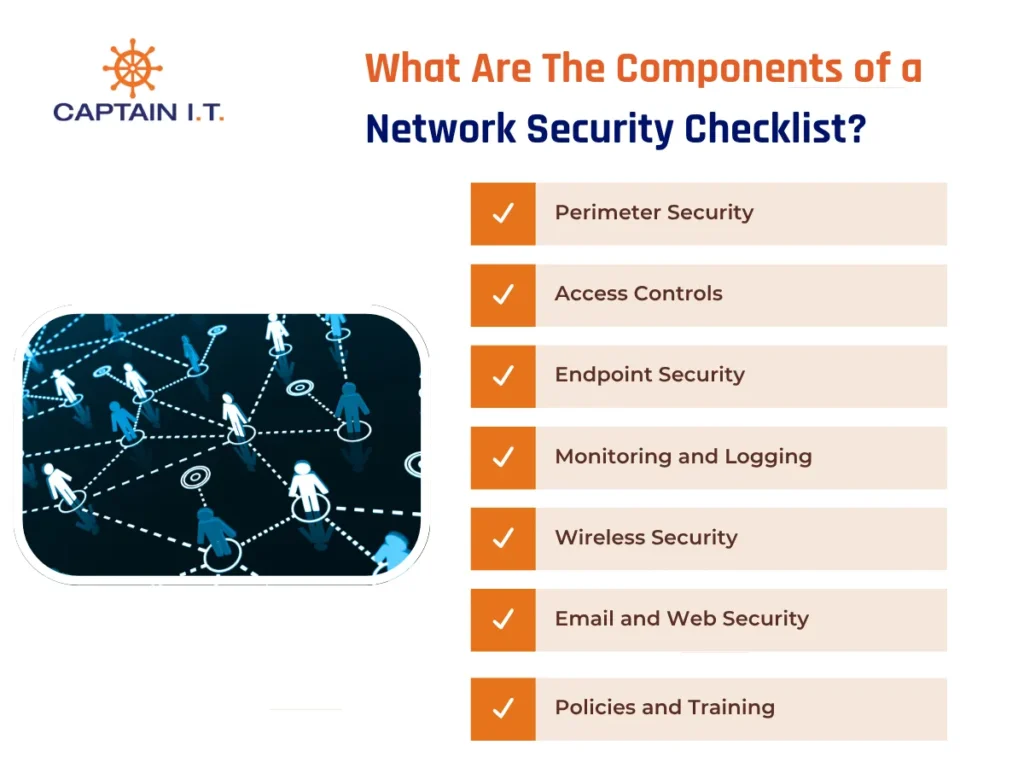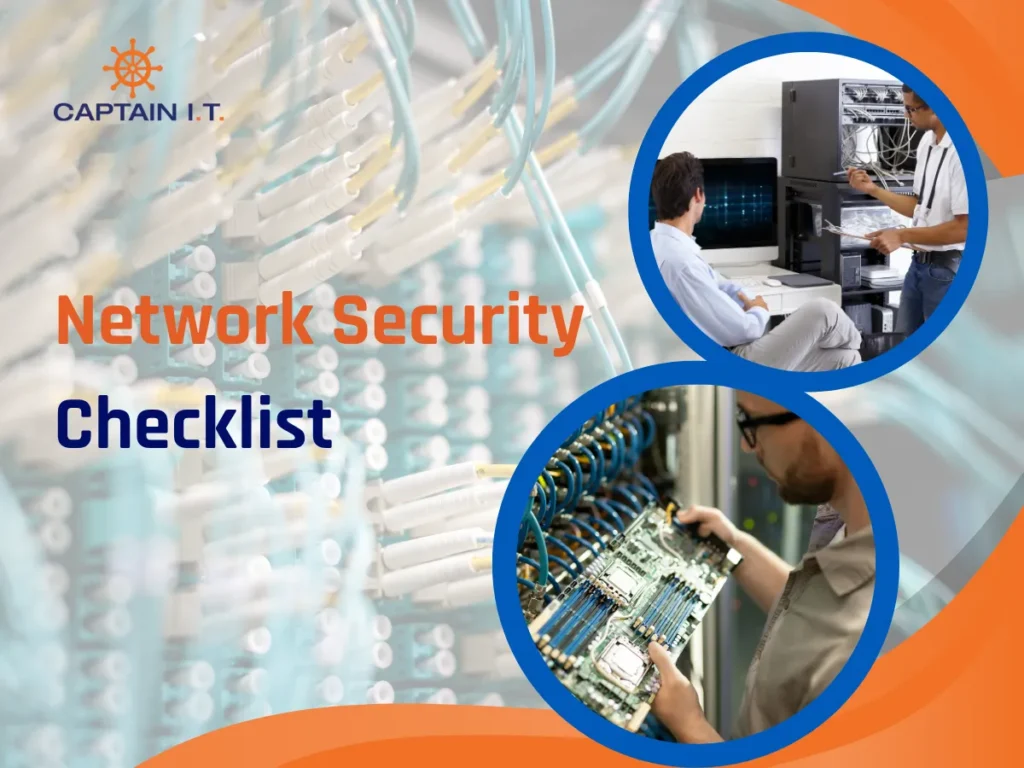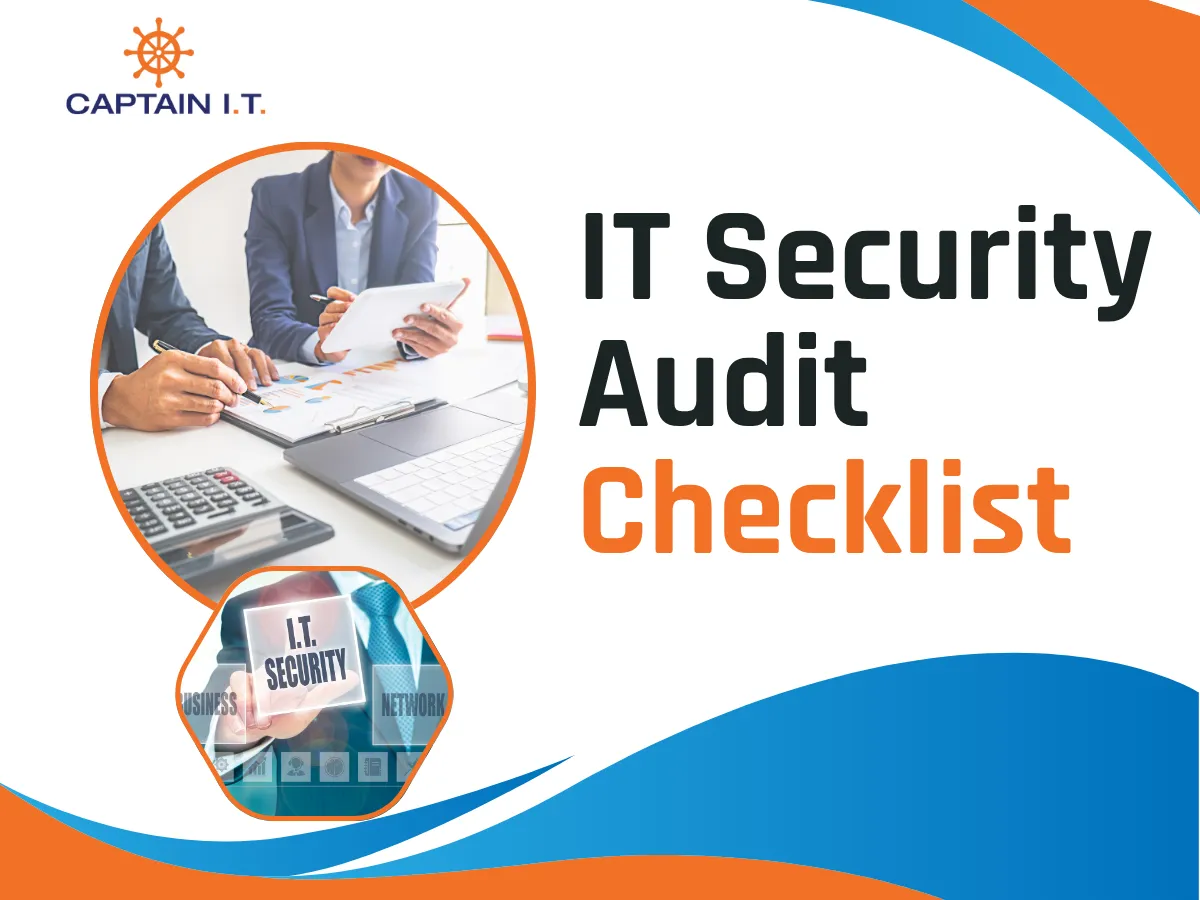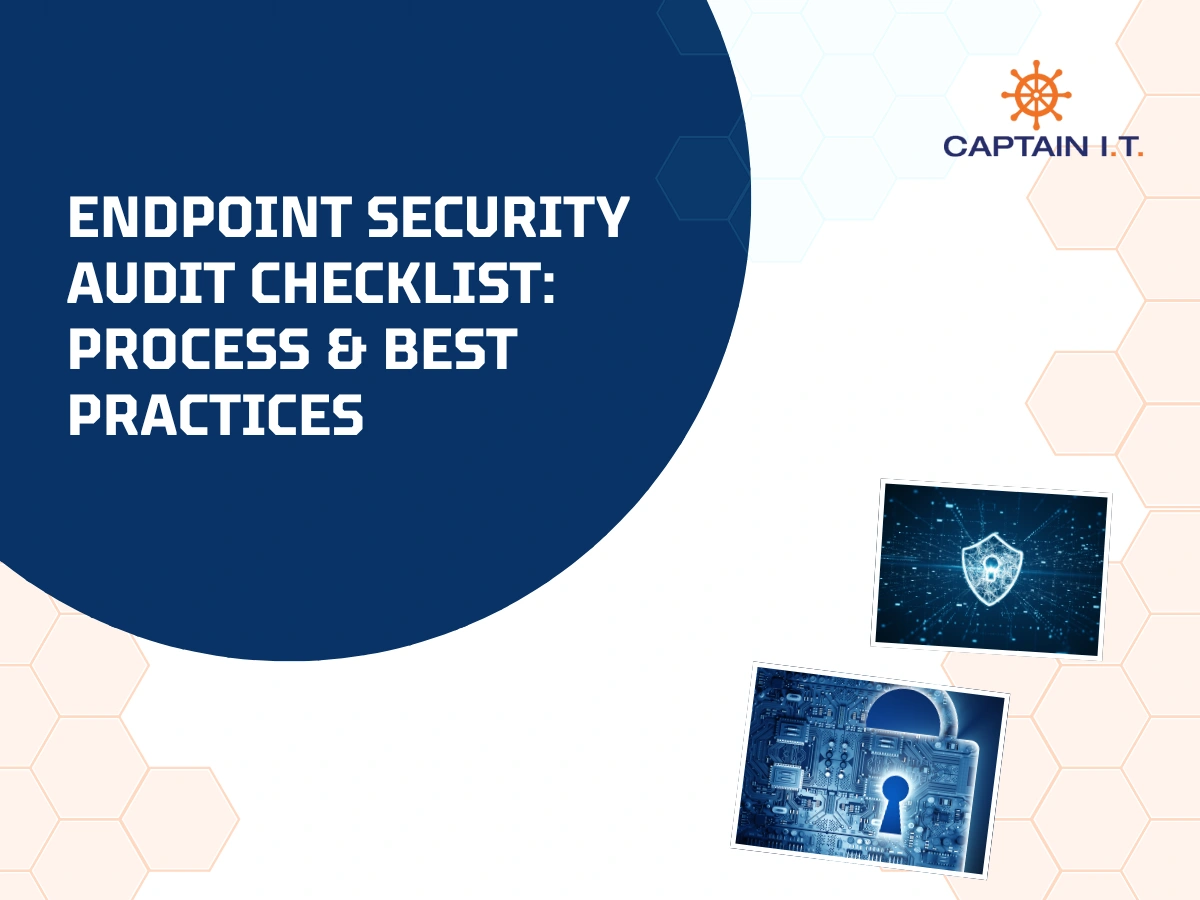A network security checklist is a structured set of controls and policies that ensure consistent protection of the IT infrastructure across endpoints, users, and communication layers. It provides businesses with a standardized reference to assess, implement, and audit their cybersecurity posture.
Core components of an effective network security checklist include firewalls for perimeter control, multi-factor authentication (MFA) for access restriction, virtual private networks (VPNs) for secure remote connectivity, network segmentation to limit lateral movement, automated patch management to mitigate known vulnerabilities, and continuous monitoring for real-time threat detection.
For small to mid-sized businesses, especially those managing sensitive data or operating under compliance frameworks like HIPAA, a network security checklist ensures resilience and accountability. It supports continuous improvement through regular audits, enables risk reduction by standardizing safeguards, and aligns IT practices with industry security benchmarks.
What Are The Components of a Network Security Checklist?
A network security checklist typically includes perimeter security, access controls, endpoint protection, monitoring and logging, wireless safeguards, email and web filtering, and employee training policies. These elements work in coordination to restrict unauthorized access, detect and respond to threats, protect connected devices, and maintain secure communication across the network.

Perimeter Security
Securing the network perimeter is essential to prevent unauthorized access and monitor traffic entering or leaving the network. Effective perimeter security uses firewalls, intrusion detection systems, and policy-based controls to filter and block malicious activity. These measures help enforce organizational policies and maintain visibility into all external interactions.
- Firewall configured and actively monitored
- Intrusion Detection and Prevention Systems (IDS/IPS) deployed
- Router and switch configurations secured (no default credentials)
- Port forwarding and open ports reviewed regularly
Access Controls
Controlling user access to systems and data is fundamental to reducing the risk of internal misuse and external breaches. Access control strategies determine who is allowed into the network, what they can access, and how their identity is verified. The checklist below highlights essential access control measures that help preserve system integrity and confidentiality:
- Role-based access controls (RBAC) implemented
- Multi-factor authentication (MFA) enforced for critical systems
- VPN access secured and restricted to authorized users
- Network segmentation in place to isolate sensitive systems
Endpoint Security
Endpoints such as laptops, desktops, and mobile devices are frequent targets for cyberattacks. Securing these devices helps prevent malware infections, data loss, and unauthorized access from spreading into the broader network. The checklist below outlines key endpoint protections that maintain device security and compliance:
- All endpoints have up-to-date antivirus and anti-malware software
- Endpoint Detection and Response (EDR) tools deployed
- Remote wipe capabilities for lost/stolen devices
- Patch management processes for all endpoints
Monitoring and Logging
Effective monitoring and logging provide visibility into system activities, helping identify anomalies, detect threats, and maintain audit trails for compliance. Without continuous oversight, even small incidents can escalate into serious breaches. The following practices ensure that monitoring is centralized, consistent, and actionable:
- Centralized logging of all network activity
- Log retention policies meet compliance standards
- Alerts configured for unusual network behavior
- SIEM (Security Information and Event Management) tool in use
Wireless Security
Wireless networks are inherently more vulnerable than wired ones due to their open-air signal transmission. Without proper controls, attackers can exploit unsecured access points to compromise internal systems. The checklist below details the key practices for securing Wi-Fi environments and limiting wireless attack vectors:
- Wireless networks use WPA3 or WPA2 encryption
- Guest Wi-Fi isolated from internal network
- Wireless access point firmware regularly updated
- SSID broadcasting policies reviewed and enforced
Email and Web Security
Email and web channels are common entry points for cyber threats, including phishing, ransomware, and malware. Filtering and inspection tools help prevent these threats from reaching users, minimizing the likelihood of successful exploitation. The checklist below outlines core protections for email and web traffic:
- Spam filtering and phishing protection in place
- Web filtering to block malicious or non-business sites
- Email attachment scanning for malware
- DMARC, DKIM, and SPF records configured properly
Policies and Training
Human behavior remains one of the most unpredictable and vulnerable aspects of network security. Clear policies, ongoing training, and incident preparedness help staff recognize threats and respond correctly. The following checklist ensures employees are well-informed and the organization is policy-compliant:
- Network security policy documented and distributed
- Employee cybersecurity awareness training provided
- Acceptable use policies signed and reviewed annually
- Incident response plan includes network breach scenarios
What Are The Best Practices for Network Security Implementation?
The best practices for network security implementation include timely patch management, strong endpoint protection, secure remote access using firewalls and VPNs, centralized monitoring with SIEM tools, and continuous employee training. Each of these practices reinforces another, creating a structured approach that not only improves threat detection and response but also ensures alignment with compliance requirements and operational goals.
Ensure Timely Patch Management
Unpatched software remains one of the most exploited weaknesses in network environments. Timely patch management ensures that known vulnerabilities are addressed quickly and consistently across all systems, reducing the attack surface and maintaining operational stability. The following practices ensure patches are applied consistently and efficiently:
- Automated patching tools in use across all systems
- Critical updates prioritized and scheduled with minimal delay
- Operating system and third-party applications included in the patch scope
- Vulnerability remediation timelines tracked and reviewed
Strengthen Endpoint Protection
Endpoints such as laptops and mobile devices serve as common targets for malware, phishing, and unauthorized access. Strengthening protection at this level ensures that devices used for daily business operations are monitored, secured, and capable of detecting threats before they spread. The checklist below supports secure endpoint operations:
- Antivirus and anti-malware installed and regularly updated
- Endpoint Detection and Response (EDR) tools deployed
- Device control policies enforced for USB and external media
- Endpoint security integrated with patch management systems
Integrate Firewall and VPN for Remote Work
With the rise of remote and hybrid work, securing remote access is essential. A combination of properly configured VPNs and firewalls helps protect sensitive data by encrypting traffic and enforcing strict access rules. The following measures ensure remote connections are encrypted and controlled:
- VPN tunnels established with strong encryption protocols
- Firewall rules applied to filter and monitor VPN traffic
- Split tunneling disabled or restricted as needed
- Remote device compliance checked before access is granted
Implement Centralized Monitoring and SIEM
Without centralized monitoring, it is difficult to detect unusual behavior or correlate security events in real time. A SIEM solution collects and analyzes data from across the network, helping teams respond quickly and meet audit requirements. These practices ensure monitoring is effective:
- Security Information and Event Management (SIEM) solution deployed
- Log aggregation from firewalls, endpoints, and servers
- Event correlation rules defined and tuned for false positives
- Alerts prioritized by severity with response workflows in place
Train Employees Continuously
Employees are often the last line of defense in preventing cyber incidents. Continuous training programs improve awareness, reduce risky behaviors, and equip staff to recognize phishing attempts and other common threats. Use this checklist to maintain consistent training:
- Security awareness training delivered quarterly or semi-annually
- Simulated phishing campaigns conducted and results tracked
- Acceptable Use Policy (AUP) reviewed and acknowledged annually
- Training updated to reflect current threat trends
Partnering With Captain IT for Complete Network Security
Building and maintaining a secure network environment requires consistent attention, specialized knowledge, and reliable tools. As a dedicated managed service provider based in Riverside, Captain IT specializes in delivering comprehensive network security solutions tailored to the unique needs of small and mid-sized businesses. From proactive patch management and endpoint protection to centralized threat monitoring and employee cybersecurity training, we turn strategic checklists into actionable defenses that safeguard your operations.
Serving Riverside, Los Angeles, and surrounding areas, Captain IT provides managed and co-managed network security services tailored for small and mid-sized businesses. Our local expertise, combined with compliance knowledge in frameworks like HIPAA and SOC 2, ensures that your network is protected, auditable, and built for long-term stability.



